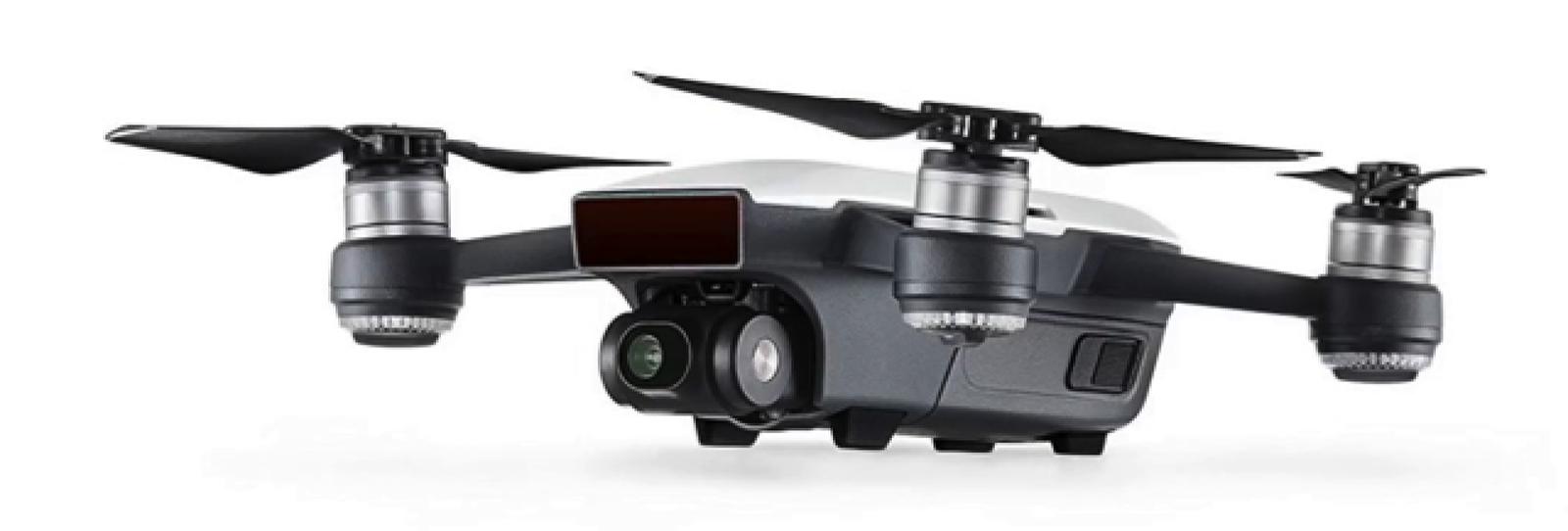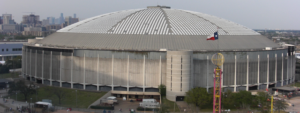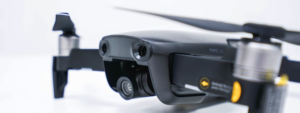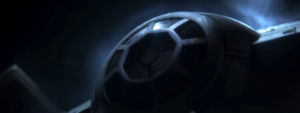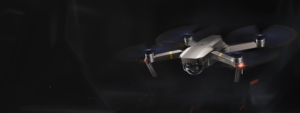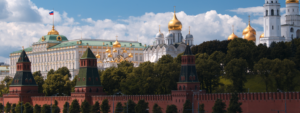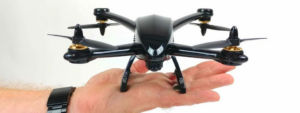Today, the cost of drones has come down significantly; now you can purchase a DJI Spark, featuring the latest and great technology for just a few hundred dollars.
However, just owning a drone isn’t enough. Once you own first drone, after learning how to safely operate your drone and earning your FAA Part 107 certification, you’ll need to develop your aerial photography skills. You’ll also need to learn your local laws, rules and regulations so you can guarantee you are flying legally.
If operating a drone commercially is still your dream, don’t fret, there is a path and to quote the author of “Using Drones For Aerial Photography“, remember to “Practice, practice, practice.” and “Flying a drone is not as easy as it looks and taking photographs or video from a moving UAV is even more difficult.”
It’s a bird! It’s a plane! No, it’s a drone! Faster than a pigeon. More powerful than a mosquito. Able to fly over tall buildings. There is no limit as to what drones will be doing in the future, especially in photography.
Photography has been limited to what could be photographed from the ground or the roof of a building, unless, of course, you were part of a film crew with cranes and helicopters. In the past, if you were an aerial photographer, you had to rent a plane or helicopter to take sweeping landscape shots. Now, a camera mounted on a drone lets you get that same landscape footage without relying on a film crew. All you will need is an unmanned aerial vehicle (UAV), known as a drone, and a still or video camera.
There are rules and laws regarding photography; and there are laws that dictate how a drone can be flown. Therefore, if you want to take those amazing aerial shots, be sure to check out Federal, State and local laws regarding the use of a drone. Just because you can, does not mean that it is legal to fly over private property. In some jurisdictions, flying a UAV over someone’s property without their permission is trespassing.
Practice, practice, practice. Flying a drone is not as easy as it looks and taking photographs or video from a moving UAV is even more difficult. If you have ever photographed sporting events or racing, you already know that movement and photography do not easily go together.
Liability is a real issue when flying a drone. You will be held liable if your drone does damage to property should it crash. Be especially careful when there are people in the vicinity. A person could be seriously injured by the drone’s propellers or if the drone came down on someone. Remember, a drone is battery powered. If the battery dies, the drone crashes

